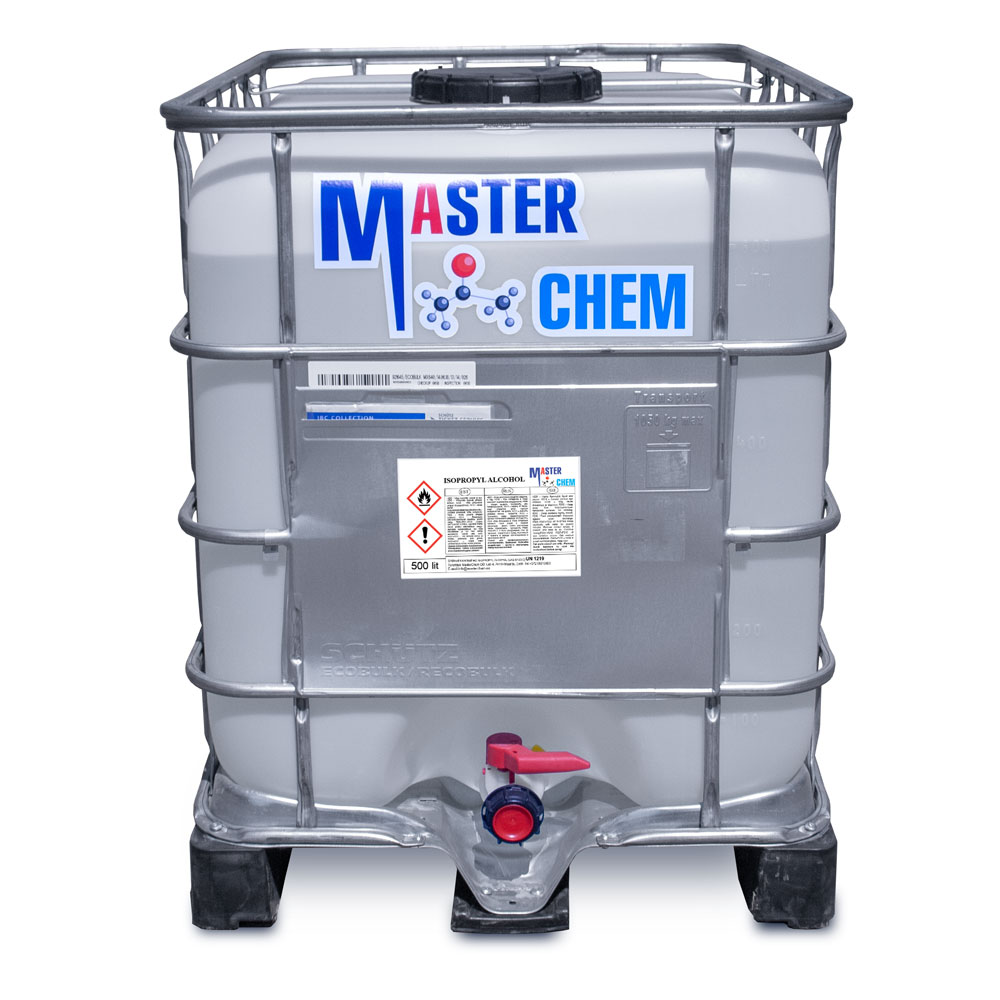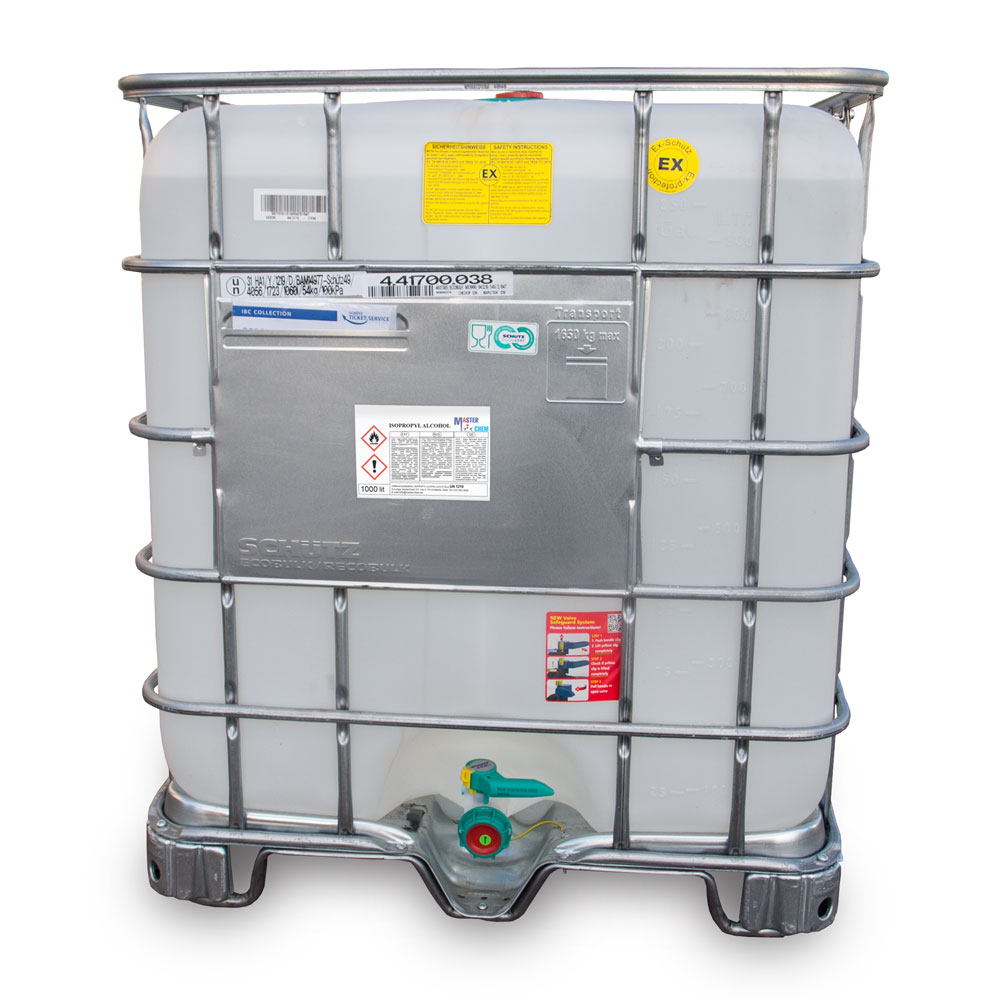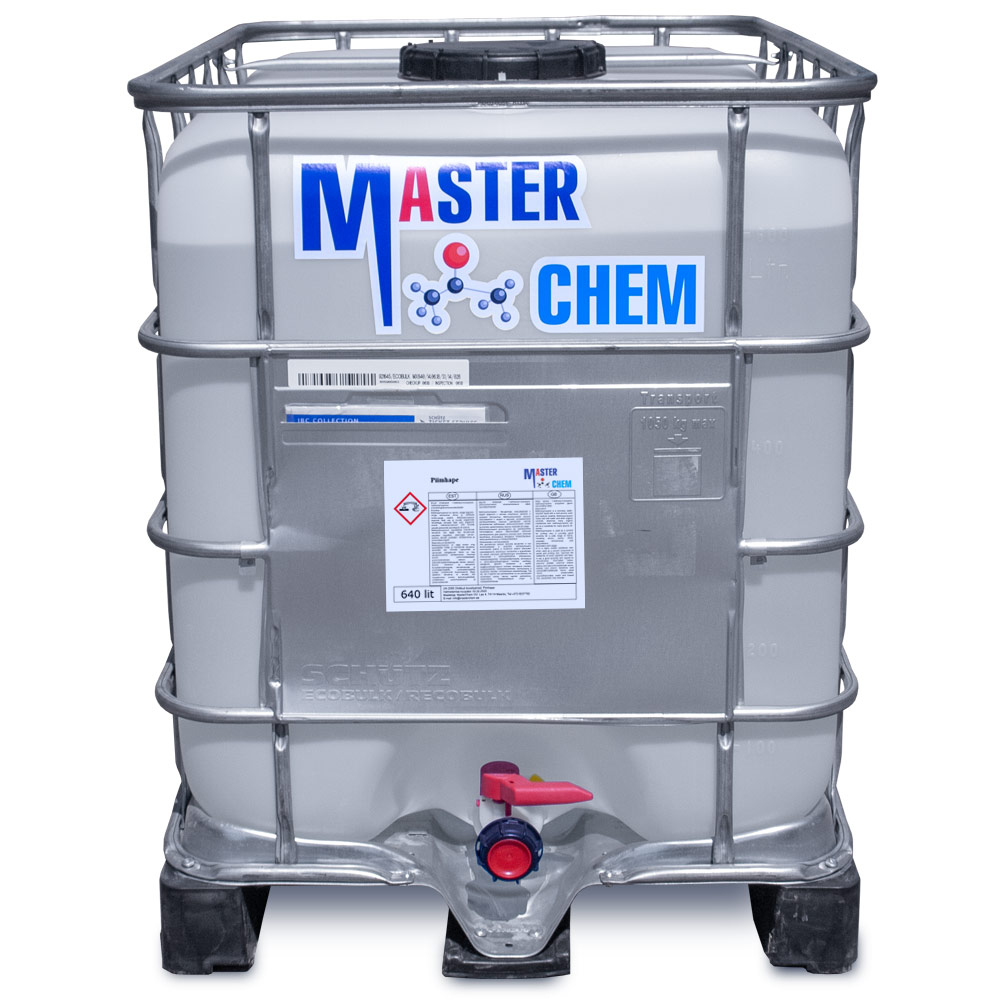Currently Empty: €0.00
Glycerol monostearate (CAS 123-94-4)
Glycerol monostearate (CAS 123-94-4)
Glycerol monostearate, commonly known as GMS, is a monoglyceride commonly used as an emulsifier in foods. It takes the form of a white, odorless, and sweet-tasting flaky powder that is hygroscopic. Chemically it is the glycerol ester of stearic acid.
GMS is a food additive used as a thickening, emulsifying, anticaking, and preservative agent; an emulsifying agent for oils, waxes, and solvents; a protective coating for hygroscopic powders; a solidifier and control release agent in pharmaceuticals; and a resin lubricant. It is also used in cosmetics and hair-care products.
GMS is largely used in baking preparations to add “body” to the food. It is somewhat responsible for giving ice cream and whipped cream their smooth texture. It is sometimes used as an antistaling agent in bread.
It can also be used as an additive in plastic, where GMS works as an antistatic and antifogging agent. This is common in food packaging.
Glycolic Acid Solution (CAS 79-14-1)
Glycolic Acid Solution (CAS 79-14-1)
Glycolic acid is a chemical compound that is used in the treatment of certain skin conditions, such as acne. It is also used as an active ingredient in some facial peels. Glycolic acid has been shown to have beneficial effects on autoimmune diseases by inhibiting the production of glycoproteins and enzymes that are involved in inflammation. Glycolic acid has been studied extensively as a potential treatment for geriatric patients with depression-related dementia or Alzheimer’s disease. This drug can be applied topically to the skin, or taken orally as a medication. The mechanism of action is not well understood, but it may involve inhibition of dapagliflozin, which enhances the activity of glycogen synthase kinase 3β (GSK3β) and prevents phosphorylation and activation of glycogen synthase (GS). Glycolic acid has been shown to inhibit mitochondrial membrane potential and increase cellular physiology by increasing ATP synthesis. It can also be applied topically to
Guar gum (CAS 9000-30-0)
Guar gum (CAS 9000-30-0)
Guar gum, also called guaran, is a galactomannan polysaccharide extracted from guar beans that has thickening and stabilizing properties useful in food, feed, and industrial applications. The guar seeds are mechanically dehusked, hydrated, milled and screened according to application. It is typically produced as a free-flowing, off-white powder.
The guar bean is principally grown in India, Pakistan, U.S., Australia and Africa. India produces about 2.5 – 3 million tons of guar annually, making it the largest producer, with about 65% of world production. In India, Rajasthan, Gujarat and Haryana are the main producing regions, and Jodhpur, Sri Ganganagar and Hanumangarh in Rajasthan and Pakistan with Second largest producer with 25% of Guar gum Produce In Pakistan is major Guar trading market. The US has produced 4,600 to 14,000 tonnes of guar over the last 5 years. Texas acreage since 1999 has fluctuated from about 7,000 to 50,000 acres. The world production for guar gum and its derivatives is about 1.0 Million tonnes. Non-food guar gum accounts for about 40% of the total demand.
Indian honey oil
Indian honey oil
Natural, unrefined, cosmetic, organic cold-pressed neem tree seed oil. It contains significant amounts of essential fatty acids and vitamins C and E.
Due to its antibacterial and soothing properties, it is often used for eczema, psoriasis, dandruff and inflammation.
Regulates the work of the sebaceous glands, reduces the amount of sebum secreted, relieves acne.
Isobutyl acetate (CAS 110-19-0)
Isobutyl acetate (CAS 110-19-0)
The chemical compound isobutyl acetate, also known as 2-methylpropyl ethanoate (IUPAC name) or β-methylpropyl acetate, is a common solvent. It is produced from the esterification of isobutanol with acetic acid. It is used as a solvent for lacquer and nitrocellulose. Like many esters it has a fruity or floral smell at low concentrations and occurs naturally in raspberries, pears and other plants. At higher concentrations the odor can be unpleasant and may cause symptoms of central nervous system depression such as nausea, dizziness and headache.
Isopropyl myristate (CAS 110-27-0)
Isopropyl myristate (CAS 110-27-0)
Isopropyl myristate (IPM) is the ester of isopropyl alcohol and myristic acid.
Isopropyl myristate is a moisturizer with polar characteristics used in cosmetics and topical medical preparations to ameliorate the skin absorption. Isopropyl myristate has been largely studied and impulsed as a skin penetration enhancer. At the moment the primary usage for which isopropyl myristate is formally indicated is as the active ingredient in a non-prescription pediculicide rinse.
Isopropyl palmitate (CAS 142-91-6)
Isopropyl palmitate (CAS 142-91-6)
Isopropyl palmitate is a fatty acid ester obtained by the formal condensation of carboxy group of palmitic acid with propan-2-ol. Metabolite observed in cancer metabolism. It has a role as a human metabolite. It is a fatty acid ester and an isopropyl ester. It derives from a hexadecanoic acid. The chemical formula is CH3(CH2)14COOCH(CH3)2.
L-Ascorbic Acid (CAS 50-81-7)
L-Ascorbic Acid (CAS 50-81-7)
Vitamin C (also known as ascorbic acid and ascorbate) is a vitamin found in various foods and sold as a dietary supplement. It is used to prevent and treat scurvy. Vitamin C is an essential nutrient involved in the repair of tissue, the formation of collagen, and the enzymatic production of certain neurotransmitters. It is required for the functioning of several enzymes and is important for immune system function. It also functions as an antioxidant. Most animals are able to synthesize their own vitamin C, although apes (including humans) and monkeys (but not all primates), most bats, some rodents, and certain other animals must acquire it from dietary sources.
Lactic acid 50% (CAS 598-82-3)
Lactic acid 50% (CAS 598-82-3)
Lactic acid is an organic acid. It has a molecular formula CH3CH(OH)COOH. It is white in the solid state and it is miscible with water. When in the dissolved state, it forms a colorless solution. Production includes both artificial synthesis as well as natural sources. Lactic acid is an alpha-hydroxy acid (AHA) due to the presence of a hydroxyl group adjacent to the carboxyl group. It is used as a synthetic intermediate in many organic synthesis industries and in various biochemical industries. The conjugate base of lactic acid is called lactate.
In solution, it can ionize by loss of a proton to produce the lactate ion CH3CH(OH)CO−2. Compared to acetic acid, its pKa is 1 unit less, meaning lactic acid is ten times more acidic than acetic acid. This higher acidity is the consequence of the intramolecular hydrogen bonding between the α-hydroxyl and the carboxylate group.
Lactobionic Acid (CAS 96-82-2)
Lactobionic Acid (CAS 96-82-2)
Lactobionic acid (4-O-β-galactopyranosyl-D-gluconic acid) is a sugar acid. It is a disaccharide formed from gluconic acid and galactose. It can be formed by oxidation of lactose. The carboxylate anion of lactobionic acid is known as lactobionate.
As an acid, lactobionic acid can form salts with mineral cations such as calcium, potassium, sodium and zinc. Calcium lactobionate is a food additive used as a stabilizer. Potassium lactobionate is added to organ preservation solutions such as Viaspan or CoStorSol to provide osmotic support and prevent cell swelling. Mineral salts of lactobionic acid are also used for mineral supplementation.
Lactobionic acid is also used in the cosmetics industry as an antioxidant and in the pharmaceutical industry as an excipient for formulation. For example, the antibiotic erythromycin is used as the salt erythromycin lactobionate when intravenously delivered.

















